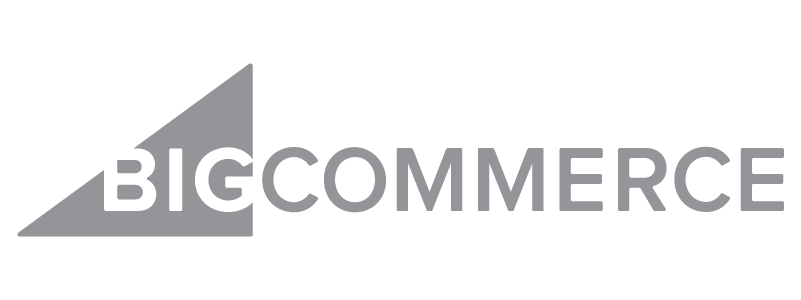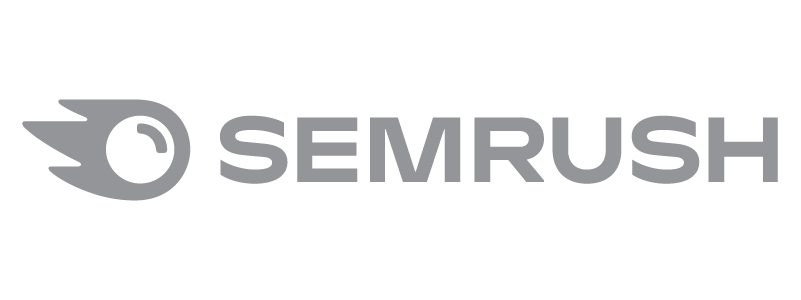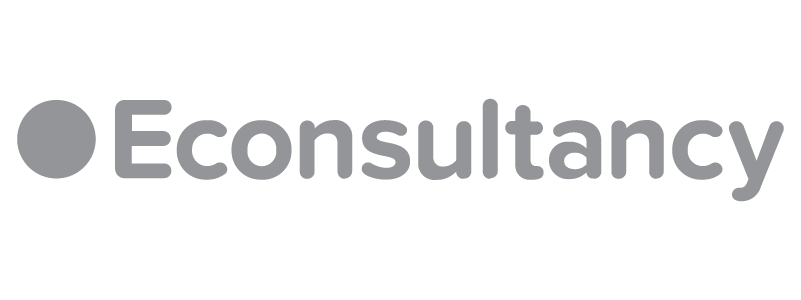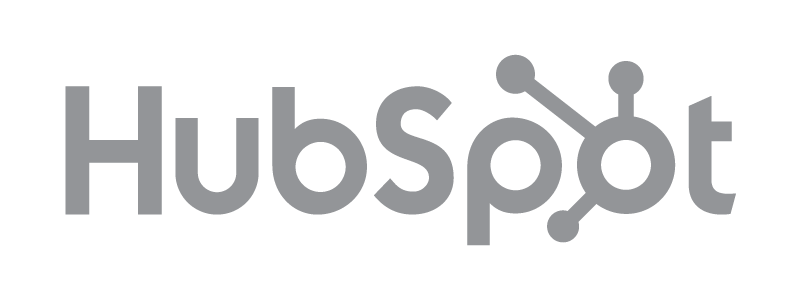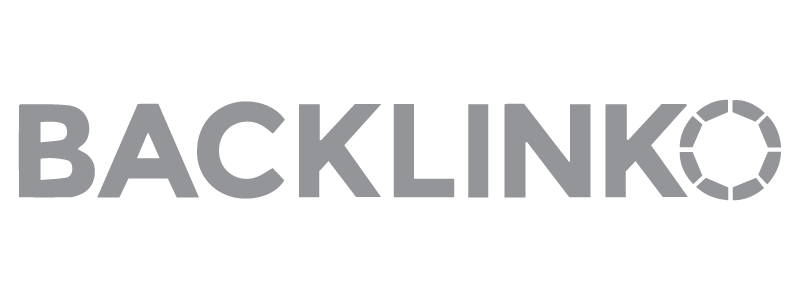There are several inventory valuation methods to determine your company’s asset value. As a business owner, it’s important to know which works best for your company and how they affect your product profitability.
In this article, we will discuss some of the most popular ways to calculate an asset value on inventory, highlighting the pros and cons of each method. We will also dive into the various inventory methods.
Let’s dive in.
What is Inventory Costing?

Inventory valuation, also known as the cost of inventory, calculates how much your inventory is worth at the end of the fiscal year. At its core, it’s an integral part of an effective inventory system.
It’s like putting price tags on items in a store, but for businesses. It’s a way for a business to figure out how much all the stuff they have in their warehouse is worth.
It’s like putting price tags on items in a store, but for businesses. It’s a way for a business to figure out how much all the stuff they have in their warehouse is worth, which can further inform their manufacturing strategy and investments.
Let’s say you run a lemonade stand, and you have lemons, sugar, cups, and straws. All these things are your inventory. Valuation is like saying, “Okay, I spent $5 on lemons, $3 on sugar, $2 on cups, and $1 on straws, so my total inventory is worth $11.”
Now, why is this important? Well, knowing the value of your inventory helps you understand how much money you have tied up in products. If you know your inventory is worth $11, then you know that’s $11 you could potentially get back if you sell everything. Also, it helps you keep track of what you have, so you don’t end up buying more lemons when you already have plenty.
There are different ways businesses can value their inventory. They might value it based on how much they paid for it (cost), how much they can sell it for (market value), or how much it would cost to replace it (replacement value). Each method has its pros and cons, and the best one depends on the type of business and the specific situation.
Your break-even point is a crucial calculation for starting and maintaining your ecommerce business. It is the number of units you’ll need to sell to get out of the negative and earn $0 in profit. In the example above, if you sold a glass of lemonade for $1, you’d need to sell 11 glasses to break even.

It’s crucial to understand inventory value accounting. How much your inventory is worth affects the cost of goods sold (COGS). It also has a direct impact your income statement, and your balance sheet. It is a critical measurement of your business’s overall financial health.
In business, things can change rapidly. Effective stock valuation helps determine the value of your business should you decide to sell. It also plays a role in accounting for your ecommerce business.
Common Inventory Costing Methods
Let’s look at the four most popular inventory accounting methods:
1. Weighted Average Cost
The weighted average method, also known as the average cost inventory method, uses an average to determine how much money goes into the COGS and items in inventory. To get your WAC per unit, divide the cost of goods available for sale by the number of units available for sale.
This weighted average cost inventory valuation method is often used because it’s simple and easy to understand.
A significant advantage of the weighted average cost method is that it gives a good estimate of the overall inventory value. The only major disadvantage of this approach is that it can be affected by changes in the actual cost of individual items in stock. For example, if the cost of an item increases, the average cost per unit will also go up.
This method is best suited for companies that sell a variety of non-perishable items where the products have very different dollar amounts. Inventory storage costs can be estimated by multiplying the cost per unit by the number of units in the inventory.
2. Specific Identification
With the specific identification method, each unit of product receives a unique identifier. You can track the cost of individual units in physical inventory, which is ideal when you need to keep a close eye on costs.
Of the methods here, this is the most precise because it assigns a unique value to each item in stock. It’s the ideal option for companies selling homogeneous products, such as grocery items, that will not change much.
The primary drawback is net income can be manipulated on financial documents.
Inventory valuation using this method works best for companies that sell single items or small groups of very similar items.
To estimate inventory storage costs when products are not tracked separately:
Multiply the unit cost by the number of units in stock and the products shipped.
3. First In First Out (FIFO)
With FIFO valuation, you base the costs of inventory on chronological order. The valuation uses the first unit purchased for the cost basis, so it’s sold for a gain.
The FIFO method assumes the first products in inventory are the first to leave. This is a more accurate method, as it avoids overstating the value of your inventory assets.
Let’s say a bookstore purchases 100 copies of a book in January for $10 each and then buys another 100 copies of the same book in February for $12 each. If in March they sell 150 books, according to the FIFO method, the first 100 books sold are the ones purchased in January at $10 and the next 50 books are from the February batch at $12. So, the cost of goods sold will be calculated based on this sequence of purchases. This is how FIFO works.
Here, you value inventory based on the most recently incurred costs. It is less useful when business is slow since it doesn’t take inflation into account.
Inventory valuation using the first-in, first out method works best for companies that sell homogeneous, interchangeable products with steady demand. It’s most common with perishable inventory. Inventory storage costs are estimated by multiplying the cost per unit of the most recently purchased units by the number of units in stock.
4. Last In First Out (LIFO)
With LIFO inventory valuation, you base the costs of inventory on reverse chronological order. The valuation uses the last unit purchased for the cost basis.
Think of LIFO (Last-In, First-Out) inventory like a stack of books. The most recent book you place on top is the first one you’ll remove. Similarly, in LIFO accounting, the most recent cost of inventory produced or purchased is considered to be sold first. This method can help reduce tax liabilities in times of inflation.
The biggest benefit of LIFO is the tax advantage it offers. During times of inflation, LIFO results in a higher cost of goods sold and a lower balance of remaining inventory. A higher cost of goods sold means a smaller tax liability.
An understated inventory position may cause your working capital make look worse than it is. LIFO may cause an underestimate in your stocks. It can negatively affect profitability and growth potential.
Inventory valuation using the last-in, first-out method works best for companies that sell homogeneous, interchangeable products with erratic demand. LIFO accounting is only legal in the United States.
5. Retail Method
With this method, the inventory value is based on the retail price, not the price you paid for it. It is often used when physical inventory counting isn’t feasible. However, it’s not always accurate as it doesn’t account for theft or damage. Also, it can overstate the monetary value of inventory during inflation periods and doesn’t provide detailed information about individual items. It’s a rough estimation rather than a precise measurement.
Challenges Managing Inventory Items
It might be tough to calculate the worth of your inventory if you’re a small or medium-sized business with little to no investment in inventory tracking.
When you work with an accountant, inventory valuation is simpler for small and growing enterprises. Order fulfillment services also make managing inventory easier for your retail business.
Large Volumes of Stock
Thousands of units in stock is quite common for a growing ecommerce company. It might be difficult to calculate the present value of inventory without good inventory forecasting in your store or warehouse.
If you have more inventory in stock than you can sell, you may be paying too much in carrying costs, which reduces profits. Managing your inventory is an important part of accounting that should not be neglected. A lot of unsold inventory stock means you’re spending too much money on products that may or may not ever turn a profit.
Inventory in Multiple Territories
Fulfillment companies frequently have fulfillment centers in many countries. This allows ecommerce companies to distribute stock across sites, allowing them to expand geographically and connect with new consumers while lowering shipping expenses.
Regardless of where items are stored or how many locations are used, you must have complete insight into the entire fulfillment process.
Costs Associated with Inventory Auditing
Excess inventory, as well as stock-level reporting and inventory audits, must be done on a regular basis to keep your financial statements accurate and your stocks in check. However, conducting an inventory audit is time-consuming. And if it’s done manually, there’s the potential for mistakes and inventory shrinkage.
When you start or end an inventory, be mindful of the cost. Selling items without covering the costs damages their value. Changing products can affect how they’re accounted for, which may cause issues if you try selling them again.
Objectives of Inventory Valuation
To assist with your decision-making, we will outline a few scenarios and apply inventory cost accounting logic.
Reducing Tax Liability
If one of your business objectives is to save on taxes, and we’re assuming the standard price inflation – a LIFO valuation technique might help you save money.
You are taxed on your gross profit (sales minus total cost of goods sold) and with LIFO; the liability is lower because the profit margin is lower.
Please note: This is not financial advice. This scenario could change in the event of a financial crisis or depression. If you have any questions, speak to accounting professionals.
Raising Investment Capital To Expand Your Business
If you wish to borrow money, you must keep your current assets as collateral. In such situations, it is preferable if the value of your stock is high because a higher worth will provide the lender greater assurance.
If prices are going up every year, the FIFO method will provide you with a greater closing inventory value. A LIFO approach will give you a greater value if prices are falling.
When you approach a bank for a loan, they’ll use the closing inventory line as part of their decision. Here, the method that gives you the highest inventory value is what’s best for your organization.
Attracting New Investors & Maintaining Satisfaction
Are you in the market for investors? Establish creditability with an accurate positive position on your financial documents. An ecommerce company with high-profit margins is likely to receive interest from prospective investors. Painting an accurate picture of your corporate profits with inventory valuation adjustments is key.
Want to be sure your financial statements show steady earnings? Use FIFO cost during periods of inflation. If costs are dropping, opt for the LIFO method.
Using Software to Manage Inventory Flow
With software, your company can easily find missing items and monitor stock levels. Inventory management systems update all transactions in real-time, so you can see inventory levels at a glance.
Inventory management software integrates several valuation techniques. Many will connect to your ecommerce platform.
Leaders get the most accurate data possible about the business. The more accurate the data, the easier it is to guide decisions toward more successful operations and profitable growth. It also ensures more accurate accounting records.
Managing Inventory Turnover
Understanding and managing your inventory turnover is crucial for maintaining a healthy business. It’s a measure of how often you’re selling and restocking your goods in a given period.
A higher turnover indicates strong sales and efficient inventory management, while a lower one may suggest overstocking or weak demand. However, it’s not always about aiming for the highest number. Different industries have different optimal turnover rates.
Using tools like Katana MRP can help you accurately calculate and optimize your inventory turnover ratio, making your business more efficient and profitable.
FAQs
The selection of an inventory costing approach has a big influence on your business. It may impact everything from budgeting to taxes, reorder quantity, and, most significantly, profit growth.
Valuation of Inventory is Important for Every Company
Knowing the value of your stock allows a business to stay profitable. Inventory valuation verifies the value of goods.
The worth associated with your items affects your balance sheets and taxable income.
Balance sheets and P&L statements
To be complete, a balance sheet must include all inventory costs as an asset. COGS and assets, such as raw materials, unit costs, net income, and the value of the inventory, are all considered in the valuations.
Tax Implications
If you’re a small business owner, having an accurate inventory valuation is critical to your company’s success. You don’t want the IRS to audit you, so the appropriate valuation technique can minimize the risk of being audited and paying too much in income taxes.
Purchasing Decisions
Over time, the value of many goods, such as electronics or gaming consoles, depreciates. Businesses must understand how much money they will make or lose on their current inventory in order to decide whether to ramp up production or run a flash sale to clear it out.
You can assess whether you need to restock inventory or if you can get by with the remaining finished goods stock on hand by using the proper valuation approach.
Financial Planning & Budgeting
Inventory valuation is important for budgeting since it can help you decide whether to stay with your manufacturer or supplier or find a new one. All aspects of your company that influence your bottom line need to be considered.
After you’ve determined how much your inventory is worth, you may choose how much money you’re willing to invest in order to make and sell the item without losing money.
The Cost of Inventory Matters
The value of inventory is important because it heavily influences operations, from pricing decisions to tax strategies and more.
To make informed decisions about your company’s finances and how much inventory to purchase, you must understand which method to use and why.
Regularly determine inventory cost throughout the accounting period. It not only ensures you have the right inventory you need but is a financial health indicator.
It’s clear you have your choice of methods for inventory valuation. Which of them have you used? What pros and cons have you found for these methods? Let us know!

